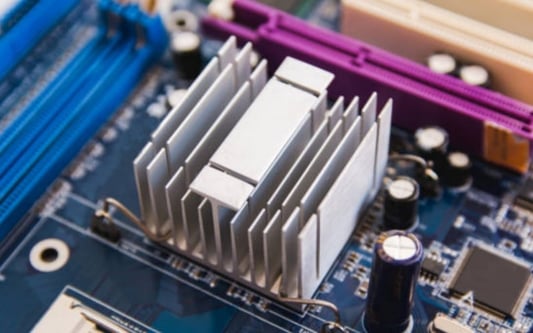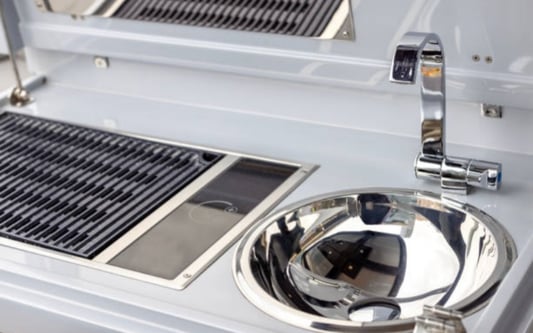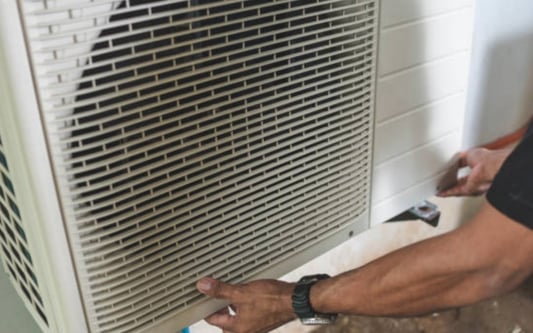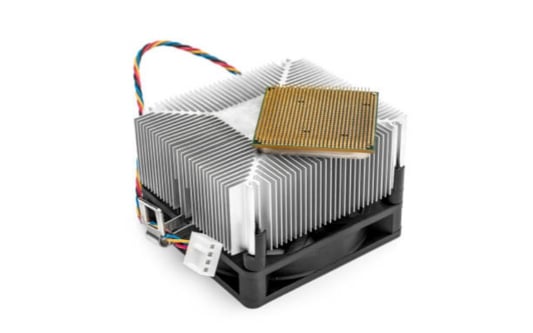The Importance of Materials in Cold PlatesWhen it comes to cooling electronic components, cold plates play a significant role in dissipating heat efficiently. These plates are designed to transfer heat away from hot spots and maintain the optimal operating temperature of electronic devices. One crucial aspect that determines the effectiveness of cold plates is the materials used in their construction. This article will explore the various materials used in cold plates and their unique properties.Copper Cold PlatesCopper is one of the most commonly used materials in cold plates due to its excellent thermal conductivity. Cold plates made of copper efficiently transfer heat from electronic components to the coolant flowing within them. This high thermal conductivity allows for rapid heat dissipation, making copper cold plates ideal for applications with high heat loads or where temperature regulation is critical.Aluminum Cold PlatesAluminum is another popular choice for cold plate construction. While it may not have the same thermal conductivity as copper, aluminum offers a lightweight and cost-effective alternative. Aluminum cold plates are suitable for applications with lower heat loads or where weight reduction is a priority. Additionally, aluminum is highly corrosion-resistant, making it an excellent choice for use with various coolants.Copper-Graphite Cold PlatesFor applications that require enhanced performance, copper-graphite composite cold plates are often used. These plates combine the excellent thermal conductivity of copper with the lightweight and high thermal conductivity of graphite. Copper-graphite cold plates provide an efficient cooling solution, particularly for high-power electronic devices that generate significant heat.Stainless Steel Cold PlatesStainless steel cold plates offer excellent corrosion resistance and durability, making them suitable for harsh environments. While stainless steel may not have the same thermal conductivity as copper or aluminum, it still provides adequate cooling for applications with moderate heat loads. Stainless steel cold plates are often used in industries such as marine, aerospace, and chemical processing.Titanium Cold PlatesWhen it comes to extreme environments where corrosion resistance is vital, titanium cold plates are the preferred choice. Titanium offers exceptional resistance to corrosion, even in highly aggressive environments. While titanium cold plates may be more expensive compared to other materials, their durability and ability to withstand harsh conditions make them indispensable in certain applications.Ceramic Cold PlatesCeramic cold plates are known for their excellent electrical insulation properties. These plates are often used in applications where electrical isolation is required, such as in power electronics. Ceramic materials, such as aluminum oxide, offer good thermal conductivity while providing electrical insulation between the coolant and the electronic components.Diamond Cold PlatesDiamond cold plates are at the forefront of thermal management technology. Diamonds have the highest thermal conductivity of any known material, making them incredibly efficient at transferring heat. However, the high cost and difficulty in manufacturing diamond cold plates limit their widespread use to niche applications that demand the utmost thermal performance.Polymer Cold PlatesFor certain applications, polymer cold plates offer a lightweight and cost-effective cooling solution. These plates are typically made from thermally conductive polymers that can efficiently transfer heat. Polymer cold plates are commonly used in consumer electronics and automotive applications, where weight and cost considerations are crucial.Hybrid Cold PlatesHybrid cold plates combine different materials to achieve a balance between performance, weight, and cost. These plates utilize the unique properties of multiple materials to optimize heat transfer and meet specific cooling requirements. Hybrid cold plates are often custom-designed for specific applications to achieve the best possible cooling performance.ConclusionThe choice of materials in cold plate construction plays a vital role in determining their performance and suitability for various applications. Copper, aluminum, copper-graphite, stainless steel, titanium, ceramic, diamond, polymer, and hybrid cold plates each offer unique advantages and are selected based on factors such as thermal conductivity, weight, cost, corrosion resistance, and electrical insulation requirements. Understanding the properties of these materials helps engineers and designers make informed decisions when selecting the most appropriate cold plate for their specific cooling needs.Quote InquiryContact us!










